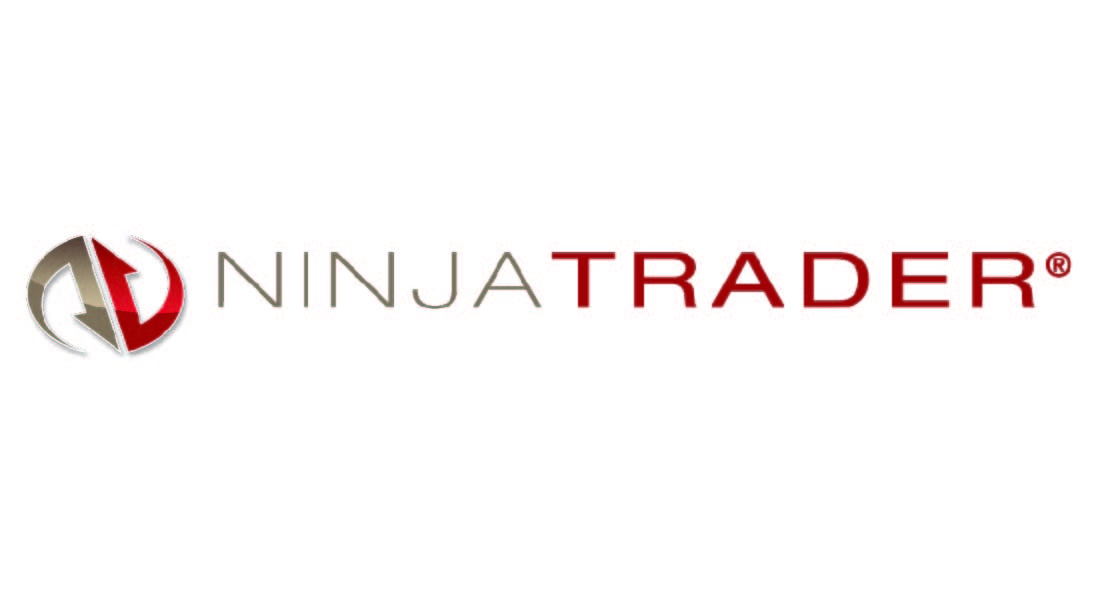♦And so is the Firm’s Responsibility to Detect and Prevent Infractions♦
When Clifford Histed was deputy chief of the Securities and Commodities Fraud Section of the U.S. Attorney’s Office, Northern District of Illinois, he supervised the office’s investigation and indictment in the landmark Michael Coscia spoofing case. In a fascinating article available here, Histed explains why Coscia’s arguments failed and why the U.S. Court of Appeals for the Northern District of Illinois upheld a three-year prison sentence – the first criminal penalty imposed under the spoofing statute [7, United States Code, Section 6c(a)(5)(C)], known as the “anti-spoofing rule.”
Histed concludes that regulators clearly expect firms to take steps to detect and prevent spoofing in their operations. There can be a fine line between legitimate trading activities and spoofing, and all traders are expected to understand the difference. Establishing liability for spoofing requires the government to prove that a trader, at the time of order entry, intended to cancel orders before execution, and a conviction for criminal fraud related to spoofing requires the government to prove that a trader had the intent to defraud. The Court of Appeals recognized that such criminal intent can be proven though circumstantial evidence, as it may be impossible to provide direct evidence of a trader’s mental state.
Read Cliff Histed’s article and learn how Exchange Analytics can help your traders stay on the right side of the anti-spoofing rule.












